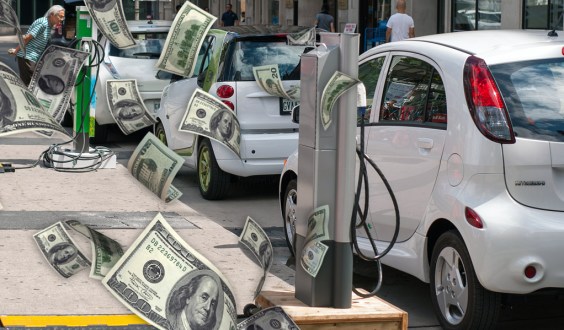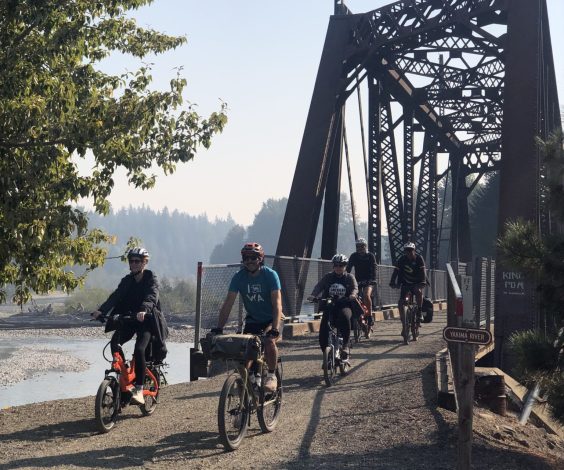New Mexico was recently named the deadliest state for walking by the National Highway Traffic Safety Administration. Something's got to change, but what? Well, the Albuquerque Journal ran a front page article blaming the state's terrible safety record mostly on "jaywalking" and "drunk pedestrians."

Khal Spencer at Network blog Los Alamos Bikes responds:
It's as if the Journal is so inside the prevailing paradigm of "car is king" that it does not even ask if there are issues other than blaming the dead. For example, infrastructure design.
Certainly substance abuse is endemic in some parts of the Duke City and is a major problem as inebriated people walk or drive into each others paths. Likewise so-called jaywalking is a problem, but in part because we have built the infrastructure on the scale of fast cross city car travel rather than on the measure of where people live and where they may want to walk to their nearby destinations. We might as well post No Trespassing signs for those on foot on our urban rights of way. Albuquerque Councilor Pat Davis, quoted in the LA Monitor, nails the elephant in the room: no one would design streets this way if pedestrian (or bicyclist) safety were really crucial. I am sure that James Anderson, Roy Sekreta, Matt Trujillo, and others would agree, if they were alive to comment.
Indeed, anyone who has spent any time in the Duke City, Santa Fe, or even Los Alamos knows that we design major arterials, including Central Avenue in Albuquerque, Trinity Drive in Los Alamos, and Cerrillos, St. Michaels, or St. Francis in Santa Fe with wide, fast multilane features to facilitate motor vehicle movement with minimal delays -- even in dense urban areas. Furthermore, the pedestrian safety features that the DOT adds to the design are often built at intervals that do not interfere with the vehicular level of service measures that are so critical to ensure that motorists can scurry back and forth between destinations in the ever sprawling American cityscape. NMDOT's refusal to add a crosswalk to NM 502 by the swimming pool on the east side of Los Alamos is an example. Likewise, fast speed limits ensure that anyone hit is likely to die while the wide "Stroad" profiles ensure small figures like bikers and peds are hard to see.
In fairness to the local press, maybe they were just taking cues from the experts at NHTSA, which bears as much responsibility as anyone for the pernicious idea that walking while drunk is a public safety problem.
Elsewhere on the Network today: Human Transit shares some thoughts on resolving conflicts that arise between transit need in the urban core and at the edges of the city. And Green City Blue Lake reports on the upcoming round of fare hikes and service cuts that's about to hit Cleveland transit riders.





